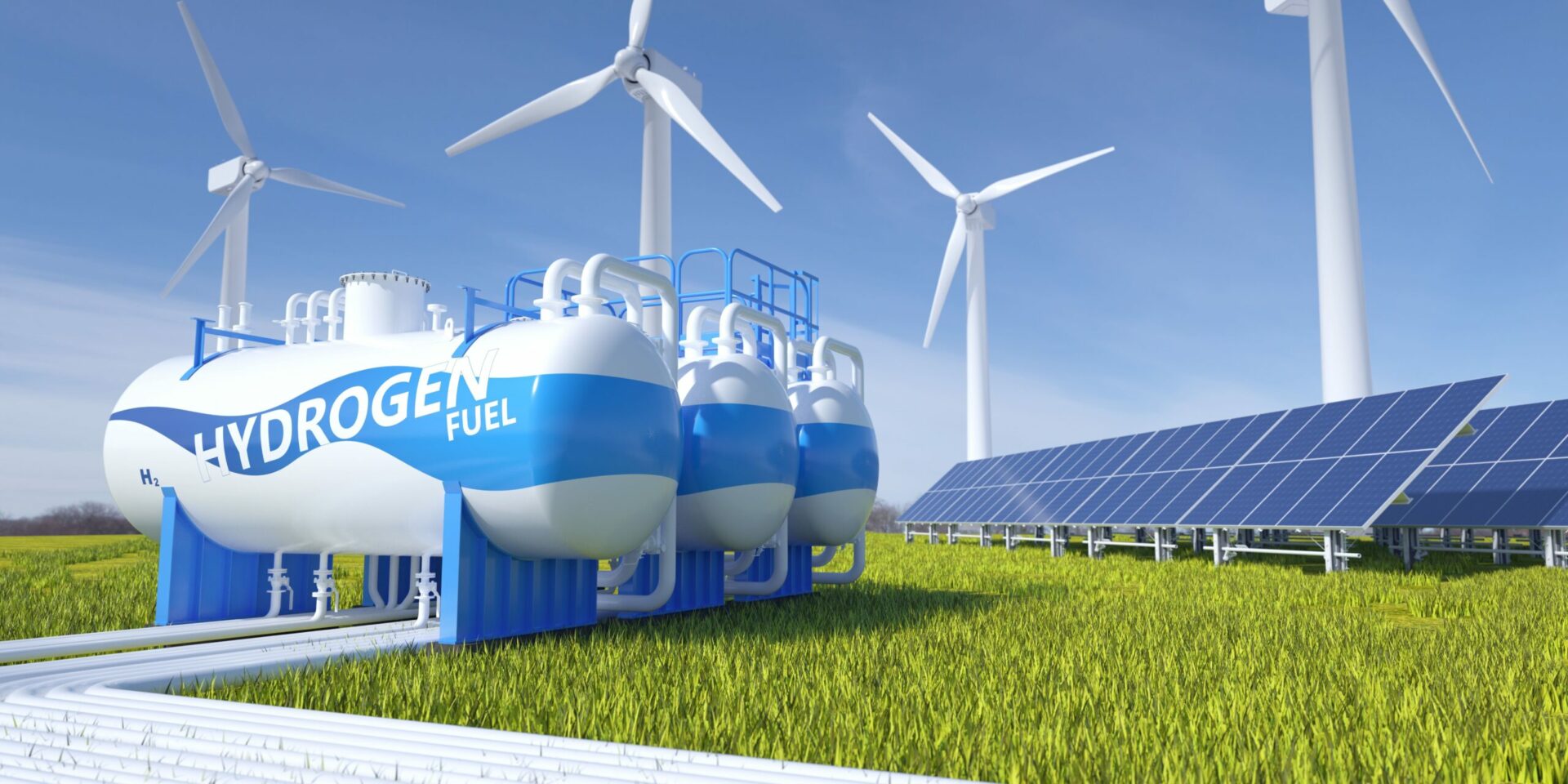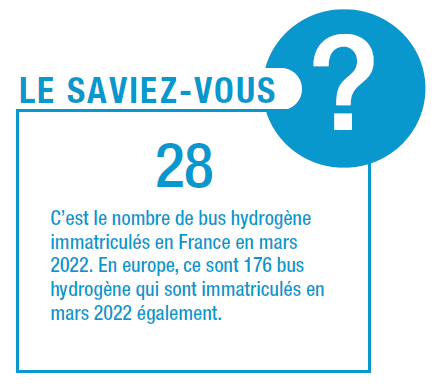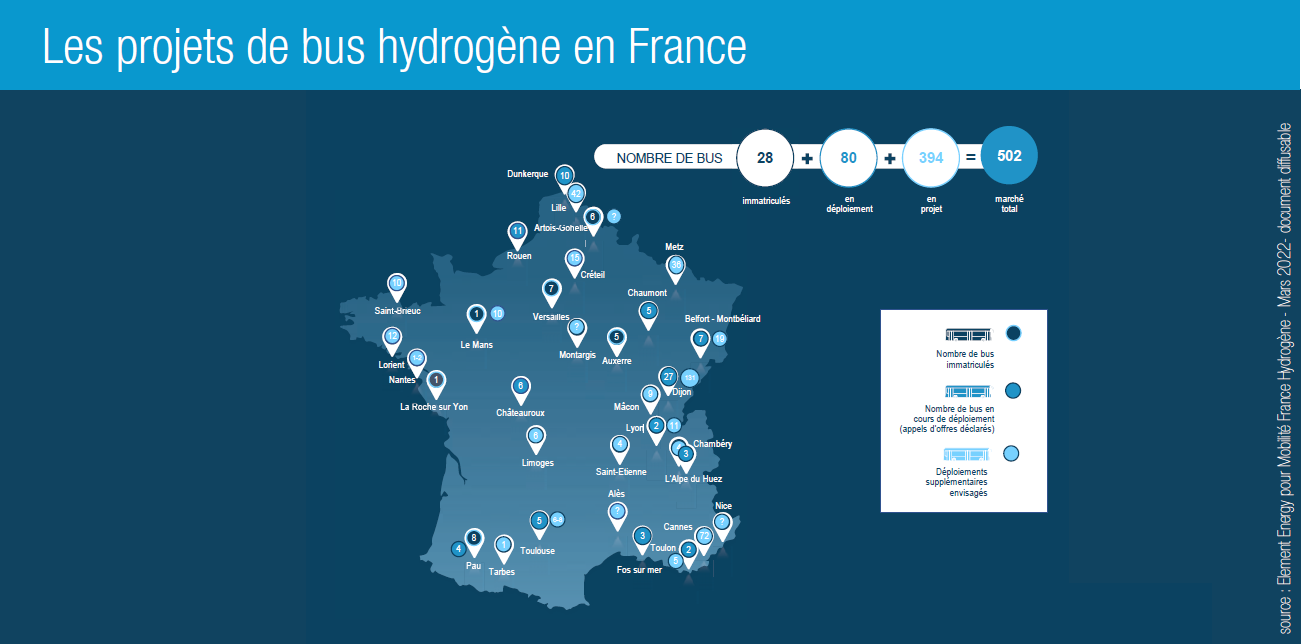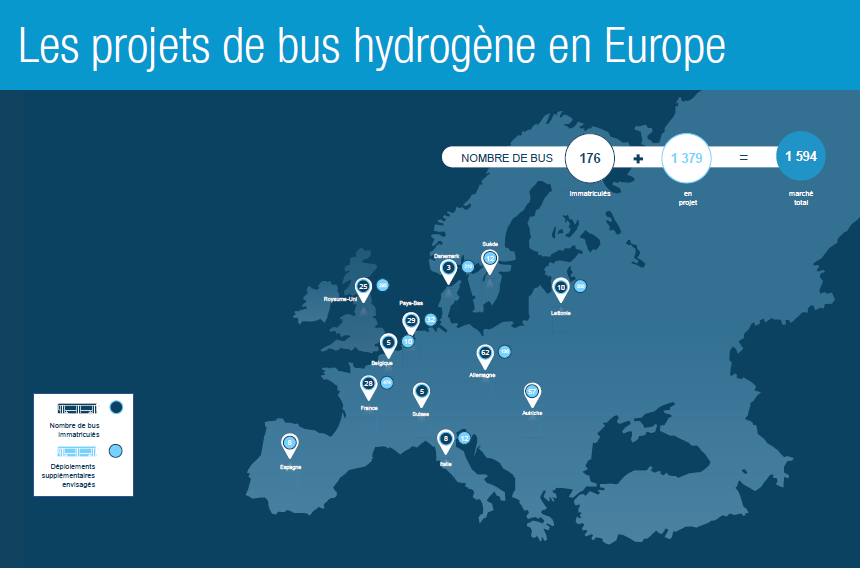
Acquire hydrogen buses


In a project to develop a hydrogen mobility ecosystem, mastering and knowing the ropes of rolling stock acquisition are just as important as the choice of the vehicle itself. What are the purchasing procedures? Who offers subsidies in France or in Europe? All these questions deserve to be addressed for a few moments.
Which buyer profiles?
A bus is used to transport passengers in urban or suburban areas. In these areas, the Mobility Organizing Authority (MA) is most often a community of agglomerations, an urban community or a metropolis. On rare occasions, certain bus routes may also be under the responsibility of a region. In all cases, an AOM is always a public entity.
AOMs may operate directly through a public authority or an SPL, or they may delegate the operation of their networks to a private transport operator, also called an “operator. In France, the urban transport market is dominated by two groups: Transdev and Keolis. In most cases, buses are owned by the AOMs. Otherwise they are owned by operators or leasing companies (e.g., B.E. Green).


What purchasing procedures?
For private buyers, the process is simple. They can place an order directly with the manufacturer of their choice. On the other hand, the public order is governed by the public order code. Procedures have been put in place to ensure that the various manufacturers are put out to tender. Either the AOM launches a call for tender or places an order via a public purchasing office.
The call for tenders
The procedure generally takes place in several stages: an application phase, in order to pre-select the candidates who will be able to submit an offer. Then a bidding phase, with or without negotiations, at the end of which the bid of the manufacturer that best meets the AOM’s expectations is selected.
This procedure is rather complex in its implementation, as it requires resources and time to put together the tender documents (DCE) and the analysis of the manufacturers’ offers. This is why there is a simplified procedure which consists in ordering via a central purchasing office. Indeed, the central purchasing agencies have previously carried out the competition in order to select and reference the products in their catalogs.
Central purchasing agencies
Hydrogen buses are available for purchase through two purchasing centers:
– CATP: The Public Transport Purchasing Centre (CATP) belongs to the AGIR association. This association gathers transport organising authorities as well as public transport companies. It is composed of experts in vehicle operation and maintenance. As an expert in this field, CATP is able to advise local authorities throughout the purchasing process, from the definition of the need to the choice of equipment.
– UGAP: The Union des Groupements d’Achats Publics (UGAP) is a public industrial and commercial establishment (EPIC). It is placed under the supervision of the Minister of Action and Public Accounts and the Minister of National Education. It is a “generalist” and therefore covers a wide range of solutions. It is distinguished by its partnership policy and its commitment to innovation, SMEs and sustainable development.
What kind of aid and financing?
Different grants are available at different levels: European, national and regional. These subsidies aim to encourage the rapid deployment of ecosystems using low-carbon and renewable hydrogen.
European grants
Fuel Cells and Hydrogen Joint Undertaking (FCH JU), composed of the European Commission and Hydrogen Europe, has already financed the acquisition of many hydrogen buses in Europe through projects such as JIVE 2 (e.g. Pau, Auxerre) or 3Emotion (e.g. Pau, Versailles).
The Connecting Europe Facility (CEF) is another European Commission funding tool. Different calls for projects will be launched over the period 2021-2027. Many hydrogen bus projects have also benefited from this aid, such as Zero Emission Valley (Auvergne-Rhône-Alpes region) or Smart EnergHY (Dijon).
National grants
France Relance: ADEME call for projects
625 million euros have been allocated to ADEME within the framework of France Relance to develop low-carbon renewable hydrogen. 275 million euros will be allocated for the period 2021-2023, to develop hydrogen ecosystems.
Within this framework, ADEME has launched a call for projects (AAP) for “territorial hydrogen ecosystems” with closing dates of December 17, 2020 (7 winning projects), March 16, 2021 (32 candidate projects) and September 14, 2021, allowing beneficiaries to obtain investment grants.
For the acquisition of non-articulated hydrogen buses, this aid can range from 140,000 € to 220,000 €. To date, all the winners of the last two closings are not yet known and there is no official information yet concerning the renewal of this PAA.
France relance: bonus for acquisition and suramortissement
Still within the framework of France Relance, the Government is introducing a bonus for the purchase or long-term rental of vehicles powered by electricity or hydrogen. Heavy vehicles running on electricity or hydrogen are eligible for the bonus until December 31, 2022. This bonus amounts to €30,000 for buses.
The ASP manages and pays this aid, the request for aid is to be made online and must be made no later than 6 months after the date of invoice of the vehicle. The direct payment of the aid by the ASP is done via the teleservice on the site: primealaconversion.gouv.fr
This aid can be combined with the system of additional depreciation for heavy vehicles using clean energy (law no. 2021-1104 of August 22, 2021 on combating climate change and strengthening resilience to its effects, art. 133). For a hydrogen bus (total weight in charge > 16 tons) acquired between 01/01/2019 and 31/12/2030, this exceptional deduction rate applicable is 40%.
Regional aids
Regional aids can also be put in place. Some examples:
The Auvergne-Rhône-Alpes region is setting up aid for the acquisition of hydrogen electric vehicles. This aid will end either when the total amount of this scheme is exhausted or by December 31, 2023 at the latest.
The Normandy region has launched a grant for the acquisition of hydrogen electric vehicles as part of the EAS-HyMob program. The subsidy is a lump sum of €10,000 per vehicle, with a limit of 5 vehicles per beneficiary.
In Occitania, an aid scheme for professional hydrogen mobility has been set up. The proposed aid will be a grant of a maximum rate of 50% of the additional cost.


In a world facing ever more pressing environmental issues, transition
“A stone has no hope of being anything other than
The fourth leading cause of mortality in the world, air